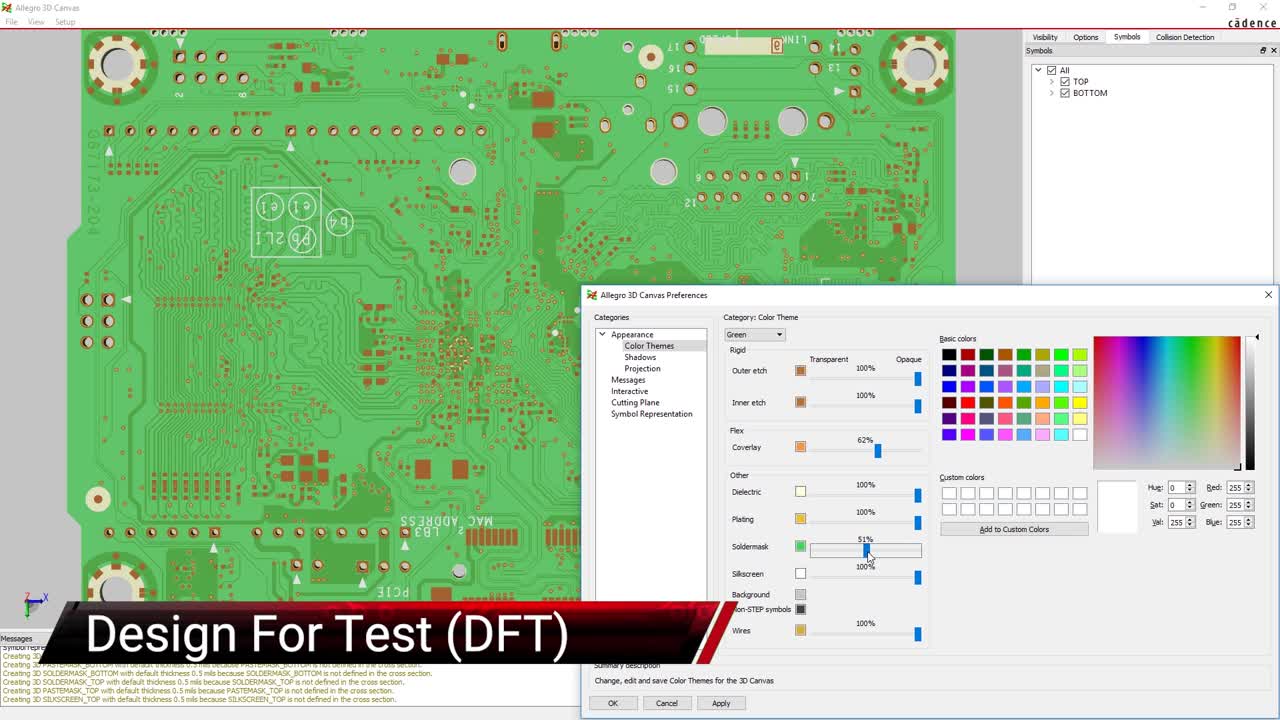Conducted Susceptibility Testing: Electronic Reliability in DFM Procedures
Electronics hobbyists have it easy: they don’t have to worry about things like functional testing, field testing, qualification against industry standards, or EMI/EMC testing. If it is a hobby project, a correctly designed PCB will usually function just fine and you won’t have to worry about regulatory concerns around EMC. However, most PCBs are meant to be deployed in environments where they are subjected to electrical noise or where the noise they generate can reach another system to create interference.
Whenever noise is received from an external source, components on the PCB may not function correctly, so boards need to be tested for their ability to withstand noise—both conducted and radiated. One of the many EMC tests that a new product must pass before it can be released to market is conducted susceptibility testing. In this article, we will discuss how these tests are conducted and what you can do if your design fails these tests.

What Is Conducted Susceptibility Testing
All EMI comes in two forms: radiated and conducted EMI. Conducted susceptibility testing addresses the latter form of EMI, where noise can conduct into a system and potentially interfere with components. Conducted susceptibility testing is an EMC testing procedure that involves testing cable assemblies to examine how much noise they can receive and subsequently conduct into a device, either through power cables or auxiliary cables.
We should be specific here by noting that conducted susceptibility testing considers conducted noise that is induced via radiated EMI, not just noise generated with, say, a power supply or some other internal source of conducted noise in a system. Some forms of EMI that are observed as conducted currents in a circuit, such as common-mode noise, can be induced by an external radiation source. This test focuses on introducing low to medium frequency noise via an inductive probe along power and signal lines.
A block diagram showing a typical test setup is shown below.
Conducted susceptibility testing involves injecting RF noise into conductors following the IEC-61000-4-6 standard. This standard defines the frequency range and test level for equipment under test (EUT). Specifically, the test frequency ranges from 150 kHz to 30 Mhz (under CISPR 22 regulations) or 450 kHz to 30 MHz (under FCC regulations). If the system functions normally during the process while testing within this frequency range, it passes the conducted susceptibility test.
In cases where conducted common-mode disturbances need to be evaluated, IEC 61000-4-16 is the reference standard. This test involves simulating common-mode noise ranging from 15 Hz to 150 kHz into the power, signal, and communication lines.
Conducted Emission Sources
There are several sources of conducted currents, including common-mode currents, that can inject noise in a cable assembly or the inlet of a shielded enclosure. Some of these noise sources include:
- Switching MOSFETs in a power supply: Even in an isolated power supply, high-frequency switching noise can be injected onto the outlet cable. This is the major tradeoff for the power conversion efficiency provided by switching power supply.
- Inductive loads: Sudden changes in current in an inductive load, such as PWM-controlled motors, will generate conducted EMI. Often, the conducted emission by an electric motor is compounded by the length of the cable, which results in a larger loop for receiving noise.
- High frequency circuits: At high frequencies, harmonic currents can capacitively couple between different circuits and be measured on the victim line as conducted EMI.
- Clock lines: Clocks and oscillator circuits have the same problem as MOSFETs or PWM signals in that they also generate strong harmonic content. This is often seen through capacitive coupling to an IO line.
There is no single solution for every noise source short of heavily shielded enclosures, shielding compounds, and board-mounted shielding cans. However, there are more sophisticated methods for reducing conducted emissions.
Board Rework After a Failed Conducted Susceptibility Test
Conducted EMI immunity has to be confronted from two perspectives: common-mode noise and differential-mode noise. The former is more of a concern in dense electronics because it produces much stronger radiation. For differential mode noise, the solution is typically an LC filter near the source of the received noise. Ferrite beads can be useful for low-frequency noise, but do not use these as low-pass filters on power leads, as they will create high impedance and amplify noise from transient currents.
A basic low-pass LC filter targets differential-mode conducted EMI
For common-mode noise, the solution is a common-mode filter circuit or ferrite near the input of any cabling or power regulation section. Because conducted susceptibility testing targets noise carried by cables, a simple ferrite choke can sometimes be the solution on the power cord, followed by a common-mode filter circuit and choke on the input stage. Confronting these problems at the source, rather than trying to filter noise at the IO, will have a much greater effect and can be the major factor that ensures EMC tests are passed.
A failed round of conducted susceptibility testing can be costly, but you can implement the right solutions with the suite of advanced layout and analysis tools from Cadence. The integrated simulation features in Allegro PCB Designer can help you verify your design before prototyping and, ideally, identify simple EMI problems.
If you’re looking to learn more about how Cadence has the solution for you, talk to us and our team of experts.